Creating an effective homeschool room transforms your educational journey from chaotic to organized, fostering an environment where learning naturally thrives. A well-designed homeschool room can be the difference between distracted chaos and engaged, joyful learning. Whether you're converting a spare bedroom, claiming a corner of your living room, or working with a dedicated space, intentional design choices make all the difference. The most important part of the kid's study room is the desk and the chair, but successful homeschool rooms encompass much more than furniture. From storage solutions to lighting considerations, each element contributes to creating a space that adapts to your family's evolving needs while inspiring curiosity and independent learning.
1. Multipurpose Homeschool Room with Flexible Furniture
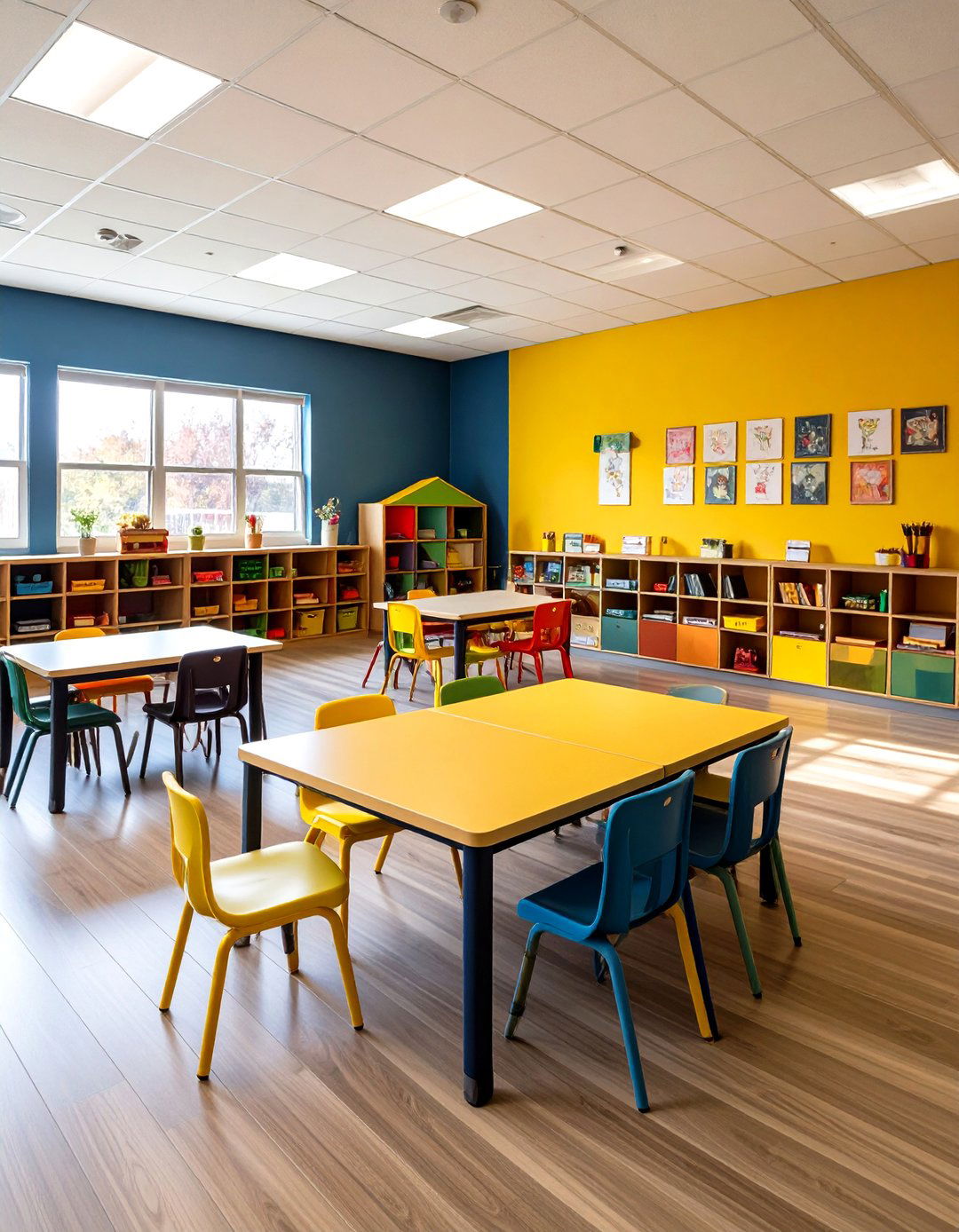
Consider multipurpose furniture like a small end table that can slide up to the couch or a chair when designing your homeschool room. This approach maximizes functionality while maintaining the flexibility your family needs. Folding tables offer adjustable height options and can be stored away when not in use, making them perfect for families who need their space to serve multiple purposes. Multi-purpose setups are perfect for creating a dynamic homeschool classroom. Rolling carts can house supplies and move wherever learning happens, whether that's the dining room for morning lessons or the living room for afternoon reading. Choose furniture pieces that can transform your space quickly - ottomans with storage, nesting tables, and modular seating arrangements all contribute to a homeschool room that works as hard as your family does.
2. Color-Coded Homeschool Room Organization System
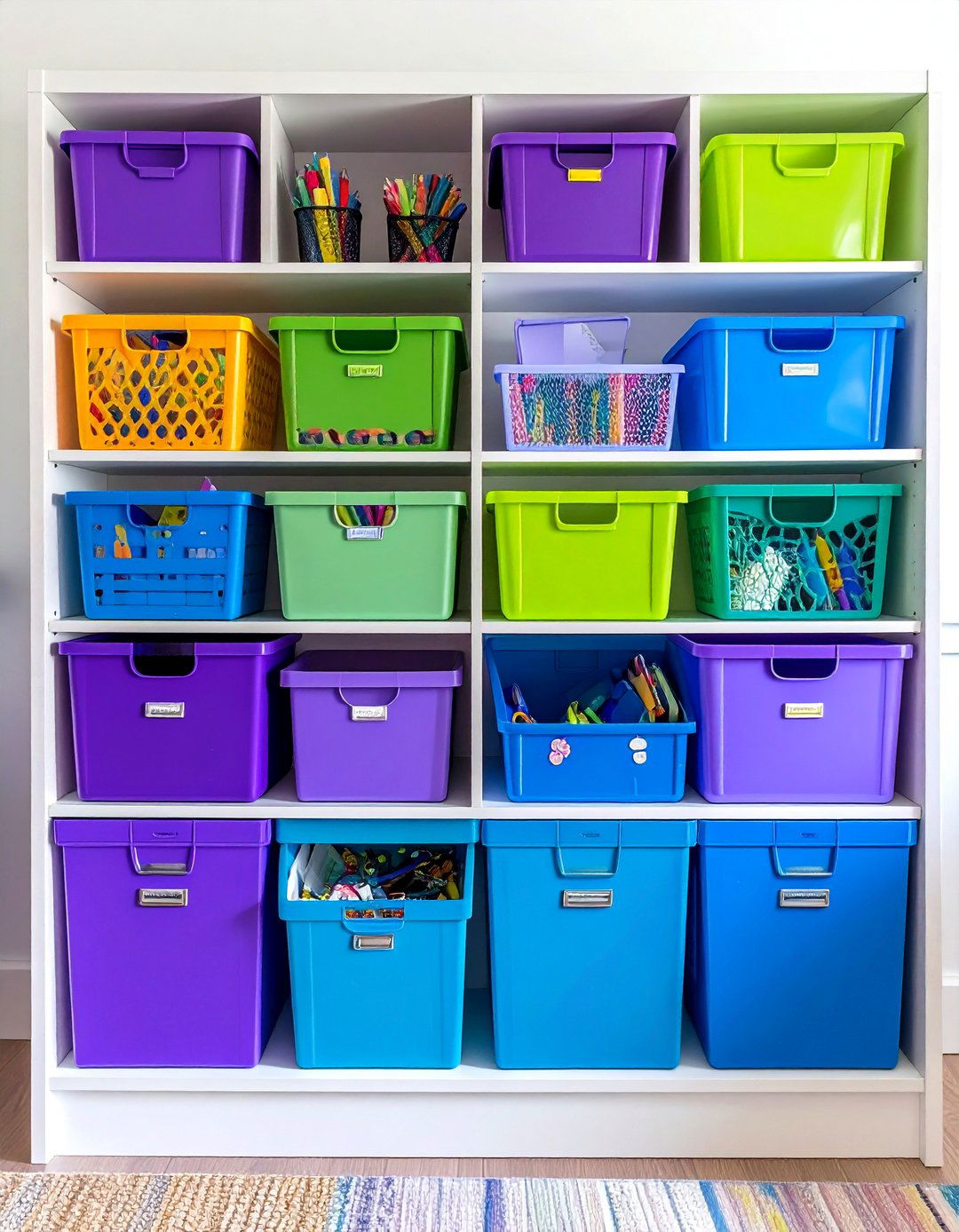
Organizing your homeschool room becomes significantly easier when you implement a color-coding system for each child. Color coordinate by child. Assign each of your children a different color and buy folders, binders, notebooks, and copy paper in their respective colors. This system eliminates confusion during busy school days and teaches children responsibility for their materials. Purple bins for math supplies, green folders for science, and blue baskets for reading materials create visual organization that even young children can follow independently. If you hope to keep everything in its proper place, labeling is a must. Extend this system to pencil cups, storage boxes, and even wall hooks to maintain consistency throughout your homeschool room. The investment in coordinated supplies pays dividends in reduced cleanup time and increased student independence.
3. Nature-Inspired Homeschool Room Design
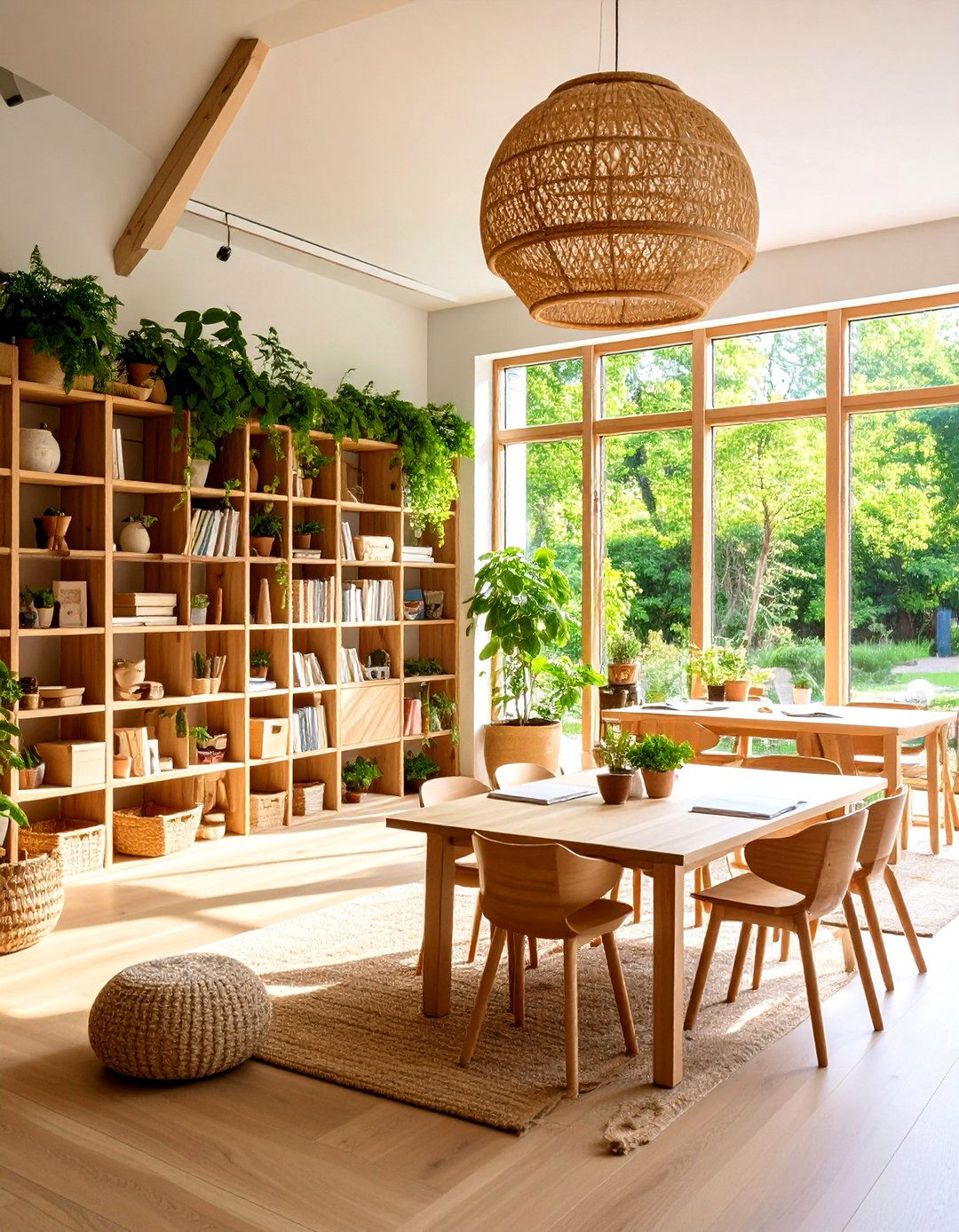
Bringing the outdoors inside creates a calming homeschool room atmosphere that supports focused learning. Natural textures — think rattan wall decor, wooden bookshelves, and greenery — breathe life into the space and prevent boredom. Incorporate plants that teach responsibility while improving air quality, and choose natural materials like bamboo organizers and wooden storage solutions. Earth-tone color palettes featuring warm browns, soft greens, and natural beiges create a grounding environment that counteracts digital overwhelm. Add nature-themed educational posters, maps of national parks, and seasonal displays to reinforce your outdoor theme. A small herb garden on the windowsill provides hands-on science lessons while contributing to your nature-inspired homeschool room aesthetic. Consider adding natural lighting through sheer curtains and positioning desks near windows to maximize the connection with the outdoor world.
4. Minimalist Homeschool Room Setup

Sometimes less truly is more when creating an effective homeschool room environment. Embrace minimalism. Use multi-functional furniture (e.g., a storage bench that doubles as seating) to avoid overwhelming your space with unnecessary items. A clean, uncluttered homeschool room reduces distractions and helps children focus on their studies. Choose neutral colors like whites, grays, and soft beiges to create a calming backdrop for learning. Invest in high-quality storage solutions that hide clutter rather than display it - closed cabinets, drawer organizers, and sleek bins maintain the minimalist aesthetic. Keep only current curriculum and essential supplies visible, storing seasonal or infrequently used materials elsewhere. This approach to your homeschool room design teaches children the value of organization while creating a peaceful learning environment that supports concentration and reduces anxiety.
5. Wall-Mounted Homeschool Room Desk Solutions
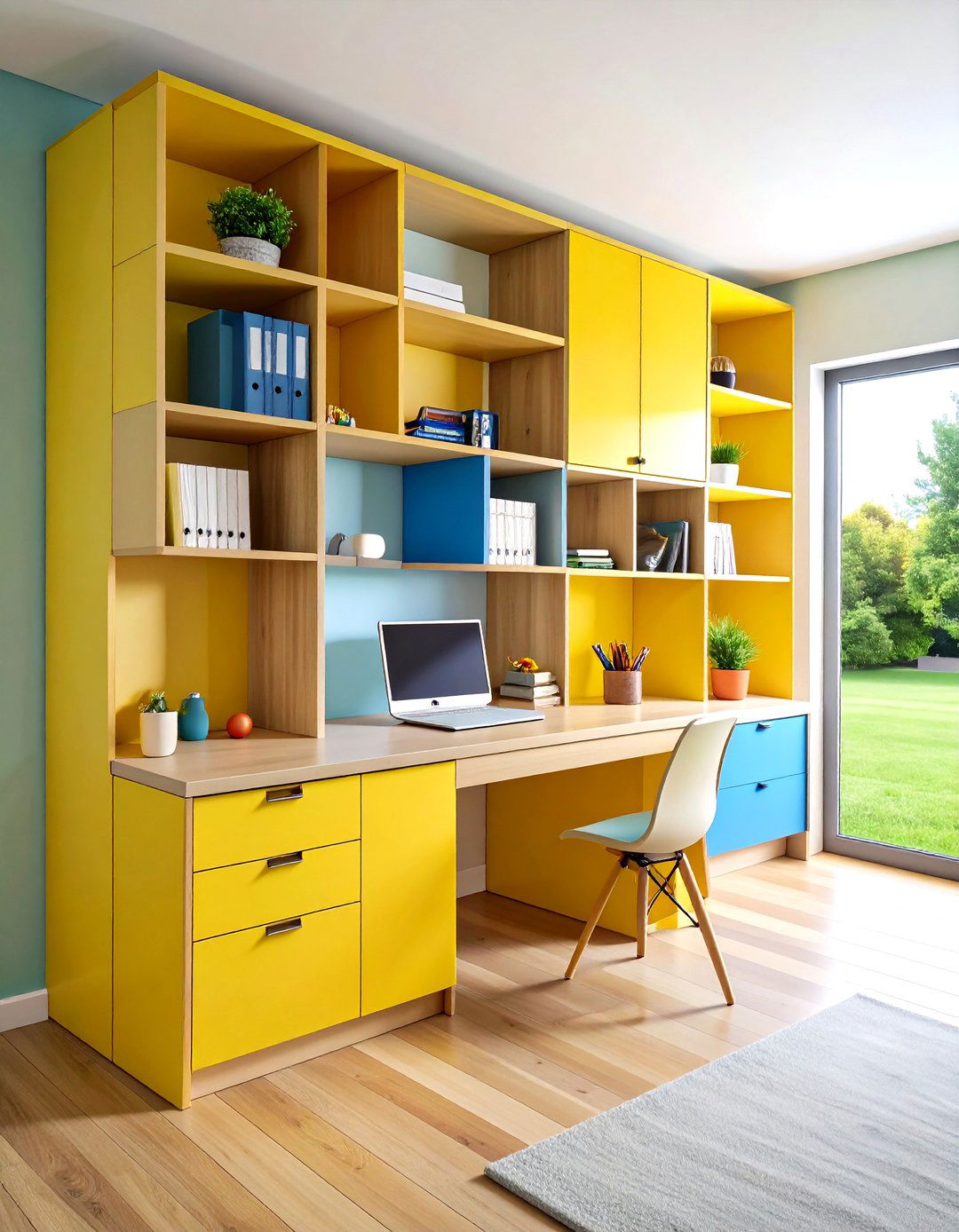
Wall-mounted desks are perfect for maximizing floor space, particularly in small rooms and offer an excellent solution for creating efficient homeschool room workstations. These space-saving desks can be installed at the perfect height for each child, ensuring ergonomic comfort during long study sessions. When you don't have room for a separate desk, use one attached to the wall like this Murphy Desk. Wall-mounted options fold down when needed and disappear when not in use, making them ideal for multipurpose rooms. Pair your wall-mounted desk with floating shelves above for additional storage and organization. This vertical approach to your homeschool room design keeps the floor clear for movement and play while providing dedicated workspace for each child. Consider adding a small bulletin board or whiteboard nearby to complete each wall-mounted learning station.
6. Cozy Reading Nook Homeschool Room Addition
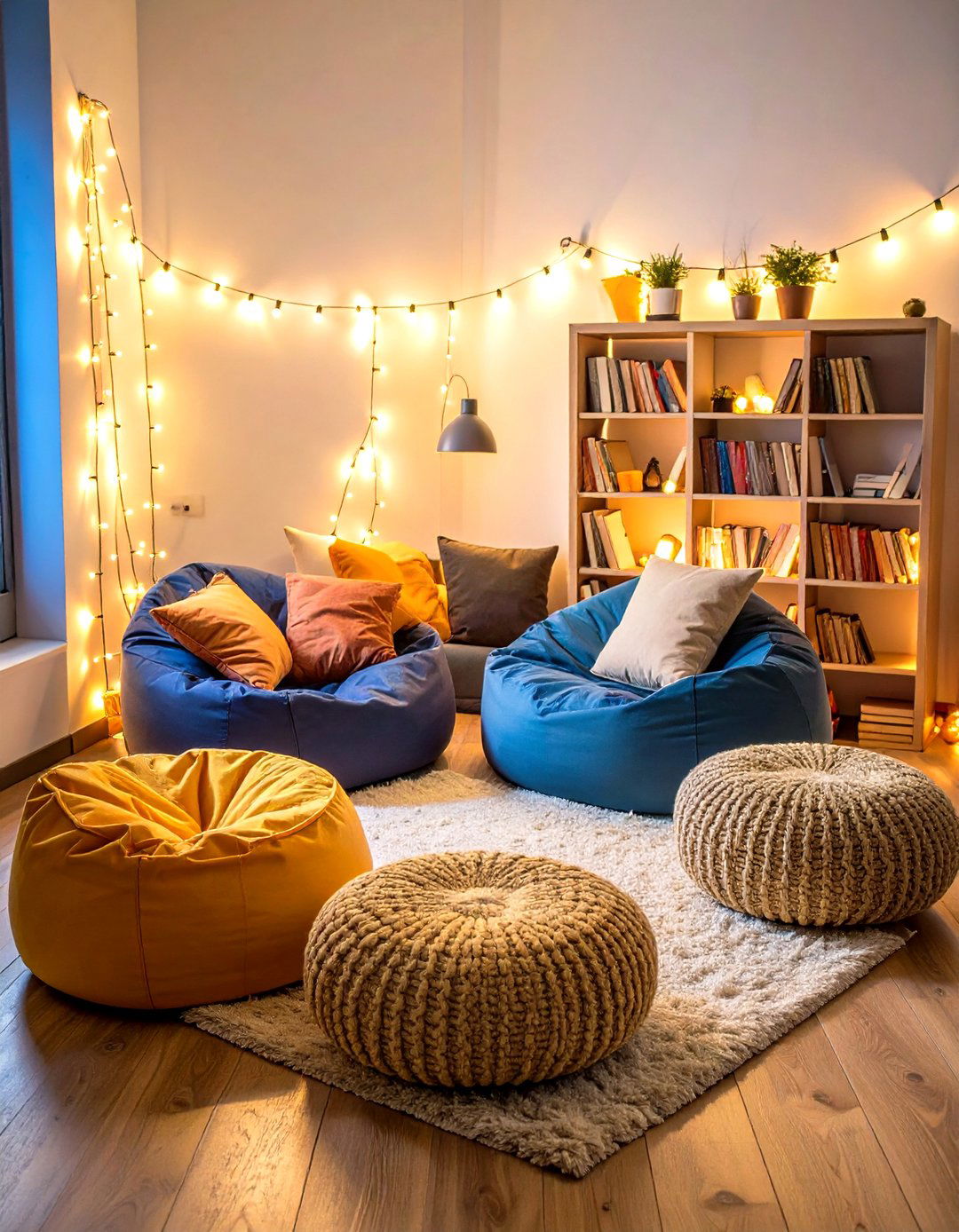
Creating a dedicated reading space within your homeschool room encourages independent literacy and provides a comfortable retreat for quiet study time. For example, you could use a beanbag and a small wall shelf or basket to create a quiet reading nook. Position soft seating like floor cushions, a small armchair, or even a reading tent in a corner of your homeschool room. Add adequate lighting with a floor lamp or string lights to create ambiance while ensuring proper illumination for reading. A narrow bookshelf that you can tuck against the wall will help keep their favorite titles on hand. Include a small basket for current reads and another for completed books. This special area within your homeschool room signals to children that reading is valued and provides them with ownership over their literary journey. Consider adding soft textures like throw pillows and blankets to make the space irresistibly inviting.
7. Industrial-Style Homeschool Room with Vintage Elements
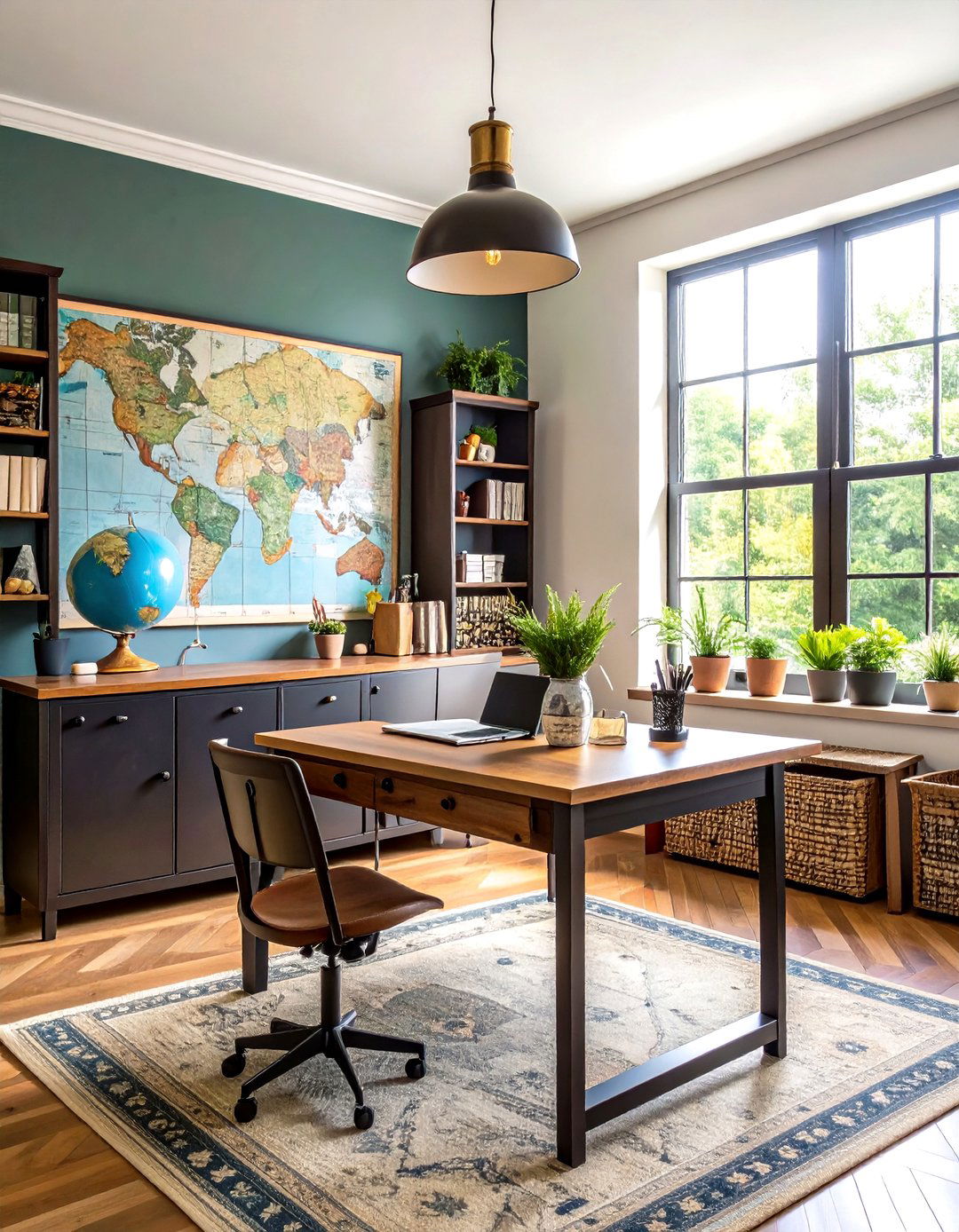
Set the stage for academic success with a two-person wood-top desk, featuring black cabinets for a blend of style and functionality in your industrial-themed homeschool room. This design approach combines functionality with character by incorporating metal elements, exposed storage, and vintage accessories. Use metal wire baskets for supply storage, industrial-style lighting fixtures, and reclaimed wood shelving to create an authentic industrial feel. Wood-and-black chairs infuse an industrial edge, while open wooden shelves peppered with black framed inspirational quotes motivate learners. Vintage school maps, old encyclopedias, and antique globes add educational character while supporting the industrial aesthetic. This style works particularly well for older students who appreciate the mature, sophisticated atmosphere it creates. The combination of metal and wood elements provides durability for heavy use while maintaining the visual appeal that makes your homeschool room a place students want to spend time.
8. Small Space Homeschool Room in Dining Area
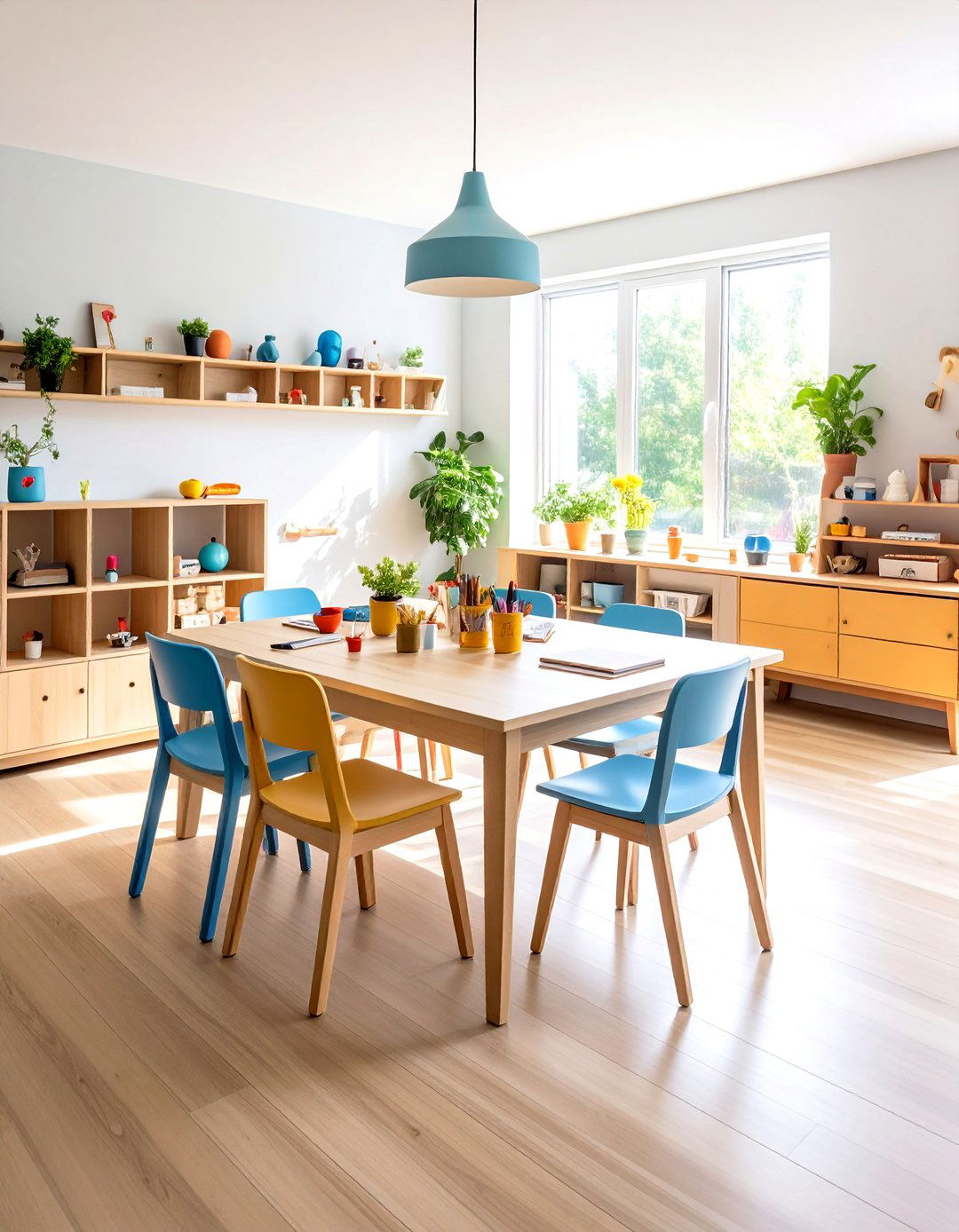
In our last home, we homeschooled at our dining room table, proving that dedicated homeschool rooms aren't necessary for successful education. Transform your dining area into a functional homeschool room by adding strategic storage and organization elements. The key to homeschooling well from your kitchen table is to make sure that you have a designated storage space for your homeschool supplies. Install floating shelves on nearby walls for book storage and add a rolling cart that can move supplies to and from the table as needed. Choose storage solutions that complement your dining room décor to maintain aesthetic appeal when entertaining guests. A hutch or sideboard can house curriculum and supplies while serving its original purpose. This approach to creating a homeschool room allows families to maintain their dining space while providing everything needed for effective education.
9. Technology-Integrated Homeschool Room Station

Modern homeschool rooms must accommodate digital learning tools while maintaining traditional educational elements. Create a dedicated technology zone within your homeschool room featuring charging stations, device storage, and proper ergonomic setup for computer work. Ensure screens are at eye level to prevent neck strain when positioning monitors and tablets. Include cable management solutions to keep cords organized and safe. Designate specific areas for different types of technology use - a quiet corner for individual computer work, a larger table for collaborative digital projects, and a comfortable viewing area for educational videos. Your homeschool room should balance screen time with hands-on activities, so ensure technology doesn't dominate the space. Consider installing a smart board or large monitor for shared lessons while maintaining traditional elements like whiteboards and books that don't require electricity.
10. Art-Focused Homeschool Room with Creative Zones

Creativity flourishes when given dedicated space, making an art-focused homeschool room ideal for families who value hands-on learning. A classic craft table with a roll of paper on the end and a drawer for all their supplies will encourage their artistic tendencies. Design distinct zones within your homeschool room for different creative activities - a wet area near a sink for painting and cleaning, a dry area for drawing and crafting, and a display space for showcasing completed works. Use clear storage containers so children can easily see and access art supplies independently. One of my favorite homeschool room decor ideas is to give your kids blank canvas and allow them to create works of art to hang in your room. Install good lighting over art tables and include drying racks for wet projects. This approach to homeschool room design recognizes that artistic expression supports learning across all subjects while providing children with opportunities for creative self-expression.
11. Multi-Child Homeschool Room with Individual Stations
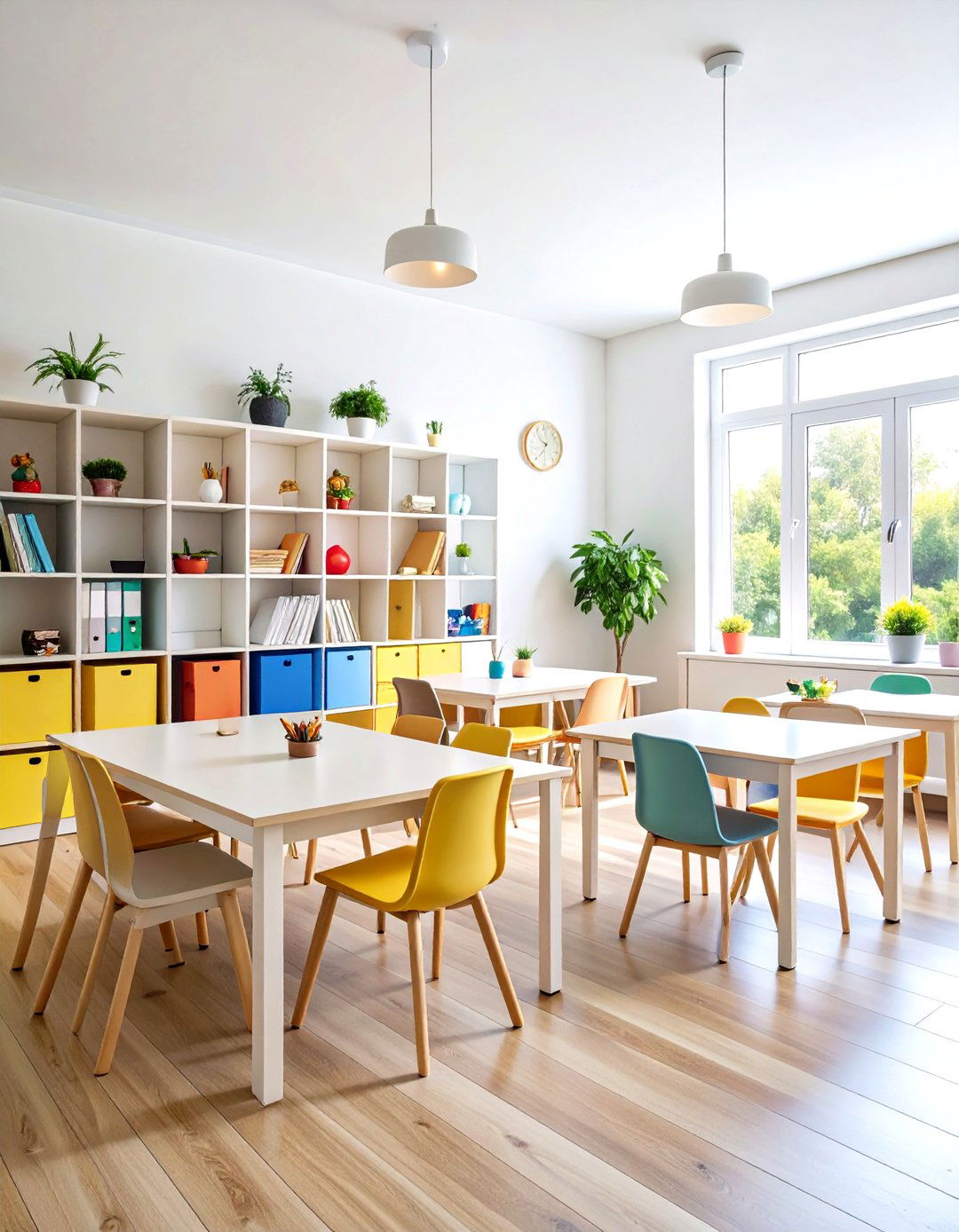
For bigger families with two or three kids, designing a room can be challenging, but individual stations within a shared homeschool room solve many organizational issues. Abbie's set up gives each child their own desk and space to work with, as well as personal storage spaces for books and homeschool supplies. Create separate workstations using room dividers, different colored storage systems, or strategic furniture placement. Each child's area should include their own desk space, supply storage, and personal touches that reflect their interests and learning style. When you have multiple kids all doing homeschool, spreading out can help minimize distractions and squabbles. Consider noise-reducing elements like carpet or acoustic panels to help children concentrate despite working in the same homeschool room. This setup teaches respect for others' space while maintaining the community aspect of family learning.
12. Closet Conversion Homeschool Room Idea
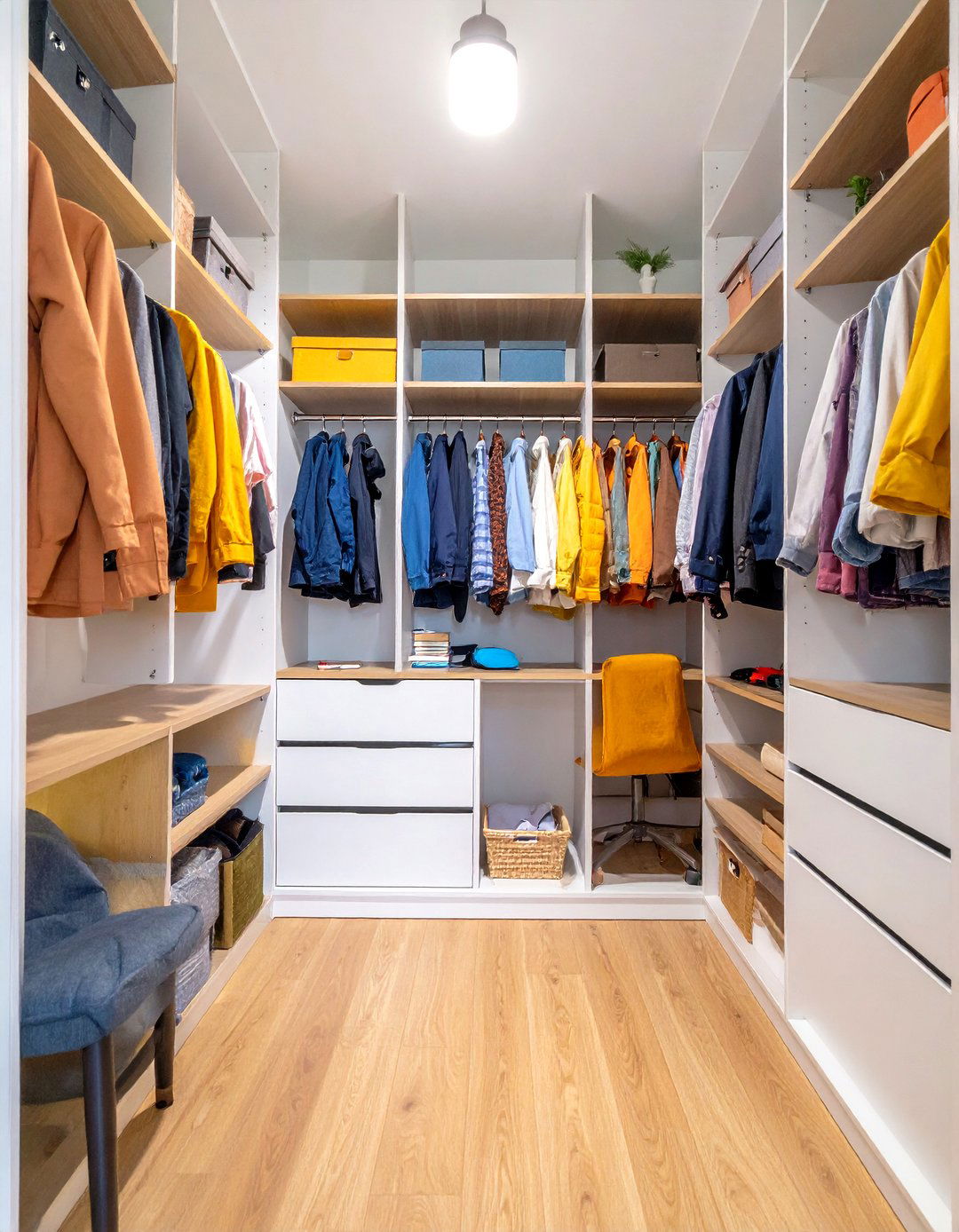
The idea of using a big closet to transform into a classroom is kind of perfect for families seeking a dedicated homeschool room without sacrificing an entire room. Large walk-in closets provide surprising amounts of workspace when properly organized. Install a small desk at the back wall, add floating shelves for storage, and ensure adequate lighting with LED strips or a small lamp. Just clear out some space and add sturdy shelving, creating a dedicated library area if using a larger closet. The contained nature of a closet homeschool room helps children focus by eliminating visual distractions from the rest of the house. Add a comfortable chair for reading and ensure proper ventilation. This approach works particularly well for single children or for creating individual study retreats within larger families. The ability to close the doors at the end of the school day provides clear boundaries between learning time and family time.
13. Chalkboard Wall Homeschool Room Feature

You can paint a wall and turn it into "chalkboard" material, creating an interactive learning surface that transforms any homeschool room into an engaging educational space. This versatile addition works for math problems, writing practice, art projects, and collaborative learning activities. You can create your own "learning central" by using magnetic paint and framing it with wood trim to elevate the aesthetic appeal. Chalkboard walls eliminate the need for paper for many activities while providing unlimited space for working through problems. Consider creating multiple smaller chalkboard areas rather than one large wall to accommodate different subjects and children simultaneously. Add nearby storage for chalk, erasers, and cleaning supplies. This feature in your homeschool room encourages active participation and makes abstract concepts more tangible through visual representation. The tactile nature of chalk also provides sensory input that can enhance learning for kinesthetic learners.
14. Rolling Cart Homeschool Room Organization
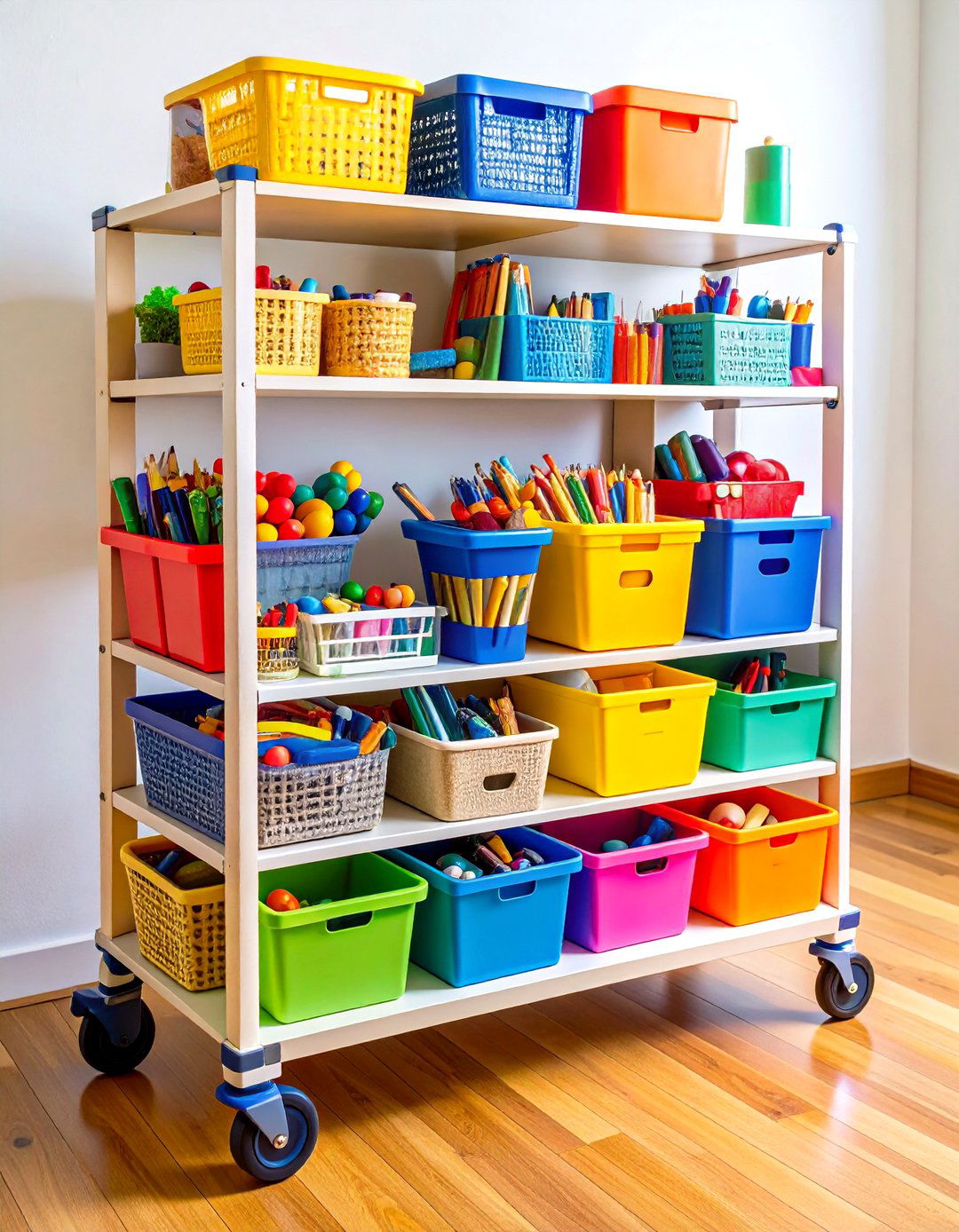
Rolling Cart: this cart has been wonderful for keeping our supplies organized and represents one of the most flexible storage solutions for any homeschool room. These mobile organizers can move supplies exactly where they're needed, whether that's to a dining table, outdoor learning space, or different rooms throughout the day. Rolling storage carts: These are convenient if you need to move materials around a lot. Set up different carts for different subjects or age groups - a math cart with manipulatives and calculators, an art cart with supplies and materials, or individual carts for each child. I keep all of our current curriculum here, along with manipulatives, books, chalkboards, dry erase boards, watercolor supplies, and pencils here. The mobility of rolling carts makes them perfect for homeschool rooms that serve multiple purposes, allowing quick setup and cleanup for learning activities.
15. Outdoor-Inspired Homeschool Room Theme

Bringing nature indoors creates a homeschool room atmosphere that connects learning with the natural world, supporting subjects from science to geography. If you prioritize learning about the natural world (perhaps you are a Charlotte Mason-style homeschooler), you may want a station like this. Include natural elements like wooden furniture, stone accents, and plenty of plants throughout your homeschool room. Create seasonal displays that change throughout the year, teaching children to observe and appreciate natural cycles. Add nature field guides, outdoor exploration tools, and specimens like rocks or pressed flowers to support hands-on learning. Consider including a weather station near a window to track daily conditions and seasonal changes. This theme works particularly well with nature-based curricula and encourages children to see learning as connected to the world around them. Bird feeders outside windows and nature photography on walls complete the outdoor-inspired homeschool room environment.
16. Vintage Classroom Homeschool Room Style
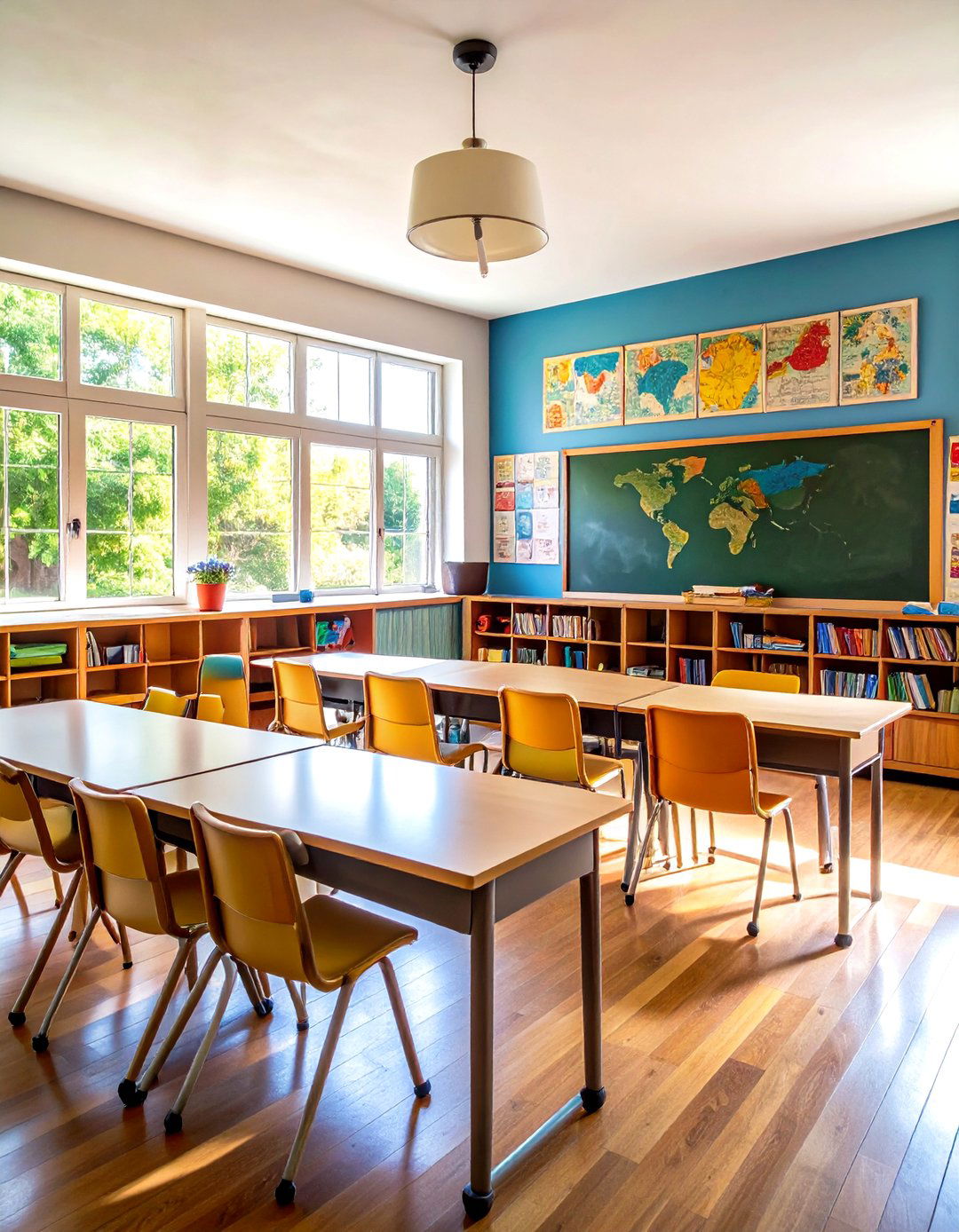
My first official schoolroom was, well, official. I wanted it to resemble a classroom as closely as possible, and vintage classroom style remains popular for families who appreciate traditional educational aesthetics. Incorporate elements like vintage school desks, old-fashioned maps, and classic educational posters to create authentic classroom character in your homeschool room. If you can't stand your kitchen table pulling double duty as a homeschooling spot, try the old-fashioned cubby desks along one wall. Add a traditional chalkboard, school bell, and vintage textbooks for display purposes. This style works particularly well with classical education approaches and provides structure that some children thrive within. Each student had desk space and a handwriting strip. I even had alphabet cards for the wall. The formal nature of vintage classroom homeschool room design can help establish clear learning expectations while honoring educational traditions.
17. Basement Homeschool Room Transformation
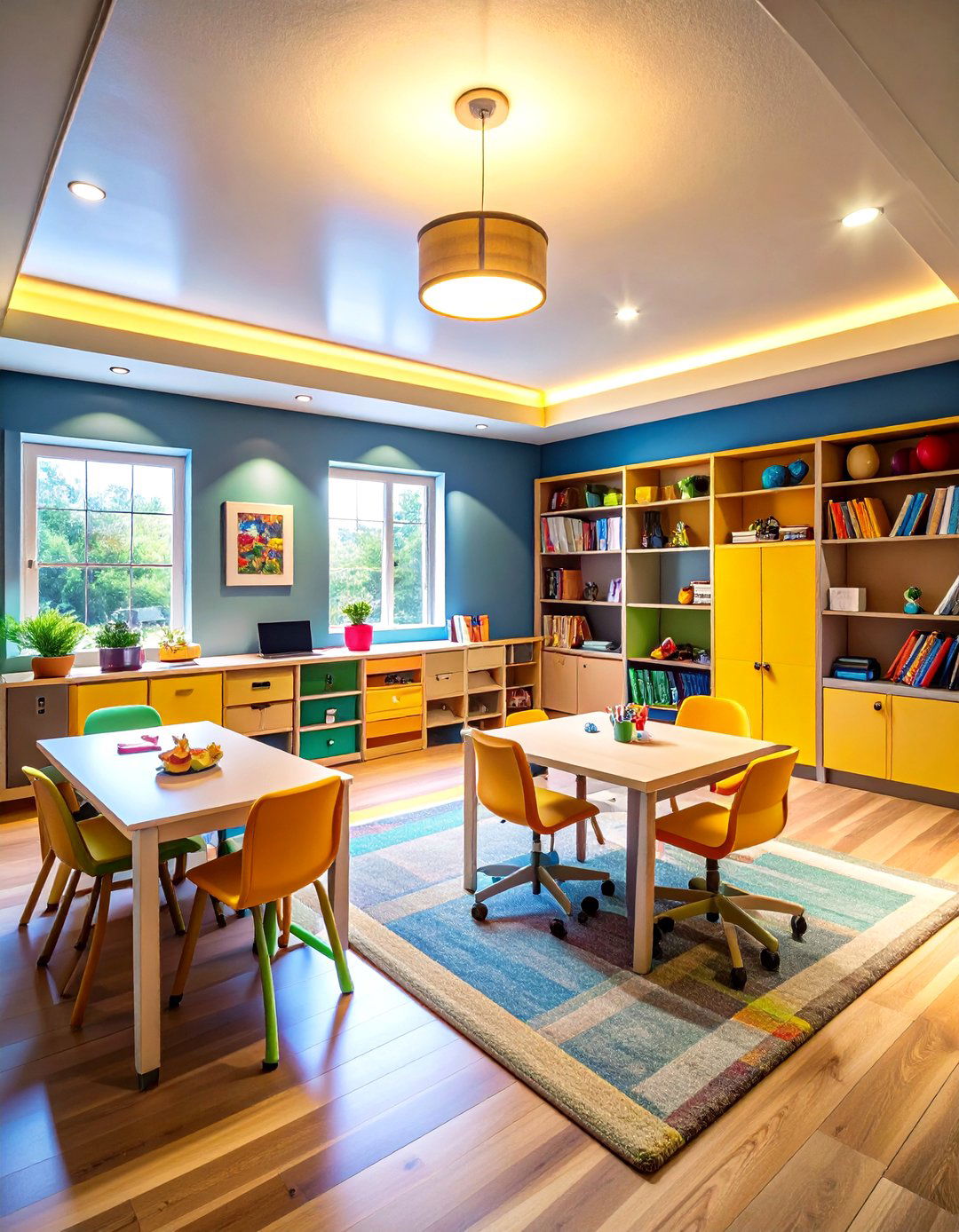
I determined that a corner of our basement would be used only for school work, demonstrating how unused basement space can become an excellent homeschool room location. Basements offer several advantages including quiet isolation from household distractions, ample space for multiple learning areas, and natural separation between school and home life. Address common basement challenges by adding proper lighting, ensuring adequate heating and cooling, and controlling humidity to protect books and supplies. Use bonus rooms or basements for play and creativity in your homeschool routine. Create distinct zones within your basement homeschool room for different activities - reading areas, science experiments, art projects, and quiet study spaces. The separate nature of basement homeschool rooms helps children mentally transition into learning mode while providing parents with dedicated space for educational materials and displays.
18. Kitchen Table Homeschool Room Setup

Many successful homeschooling families center their education around the kitchen table, proving that elaborate homeschool rooms aren't necessary for excellent learning outcomes. Every day my children would gather for breakfast at the table, and once that was cleared off, I would get out school supplies for each child. This approach keeps education integrated with family life while providing practical benefits like easy snack access and supervision during meal preparation. Whether you're working at the kitchen table or in a dedicated school room, a routine helps manage time effectively. Success with kitchen table homeschooling requires excellent organization systems - nearby storage for supplies, portable organizers that can quickly set up and clear away, and established routines for transitions between meal and school time. Storage Bins: each child has a storage bin that they keep their school books in as well as any supplies that are their own.
19. Wall Gallery Homeschool Room Display
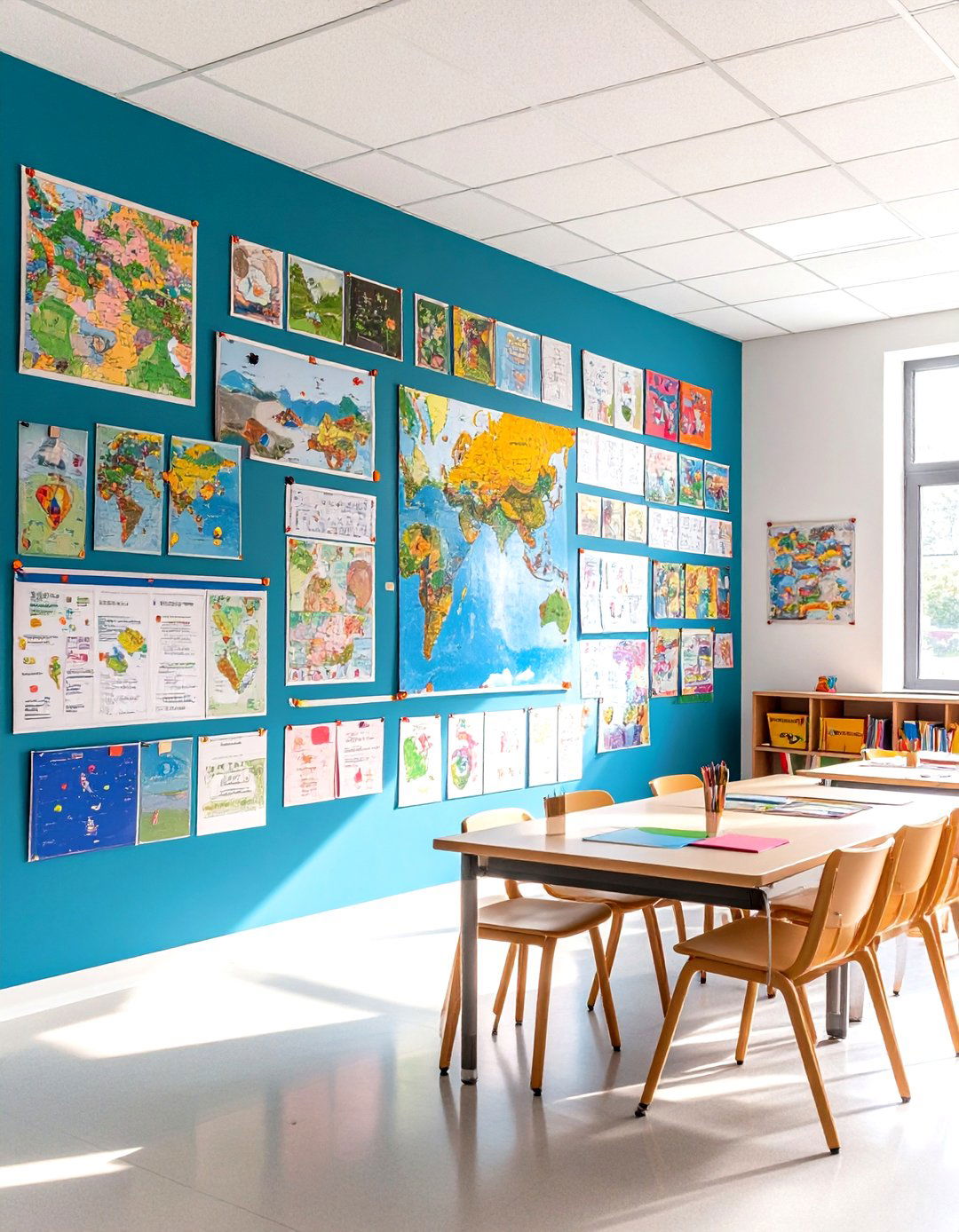
Creating an inspiring wall gallery within your homeschool room showcases student work while providing educational reference materials and motivation. Wall space provides a lot of room for creativity. Instead of leaving blank walls, you can use this area for educational posters, motivational sayings, or informative wall art. Design a rotating display system that can showcase different subjects, seasons, or individual student achievements throughout the year. Include maps, educational charts, inspirational quotes, and student artwork in your gallery wall. Put up some encouraging and educational posters, charts, or maps, and consider getting a bulletin board to display projects and artwork. Use consistent frames or mounting systems to create visual cohesion while allowing content to change regularly. This approach to homeschool room decoration makes learning visible and celebrates educational accomplishments while providing valuable reference materials that support daily lessons.
20. Sensory-Friendly Homeschool Room Design

Studies show that the color of the walls in a classroom actually does make a difference, making sensory considerations crucial when designing homeschool rooms for children with different learning needs. Cool colors like blue, green, or purple can help kids relax and focus better, while warm colors like red, orange, and yellow can encourage kids to be more creative. Include flexible seating options like stability balls, wobble cushions, and standing desks to accommodate different sensory needs. Heidi includes a medicine ball or workout chair in her homeschool room to help her daughter concentrate. Add noise-reducing elements such as soft furnishings, acoustic panels, or white noise machines to create a calming environment. Provide fidget tools, stress balls, and other sensory items that help children self-regulate during learning time. Ensure your homeschool room has both bright task lighting and softer ambient options to accommodate different sensitivities and activities throughout the day.
Conclusion:
Creating an effective homeschool room requires thoughtful planning, practical storage solutions, and designs that adapt to your family's unique needs. Whether you're working with a dedicated room, shared space, or creative conversion, the key lies in organization, functionality, and creating an environment that inspires learning. Designing a homeschool room is less about perfection and more about creating a flexible, evolving space that reflects your child's journey. Remember that successful homeschooling happens in various settings - from elaborate classroom recreations to simple kitchen table setups. The most important elements are accessibility, organization, and spaces that encourage both independent learning and family collaboration. Your homeschool room should grow and change with your children, supporting their educational journey while reflecting your family's values and learning style.


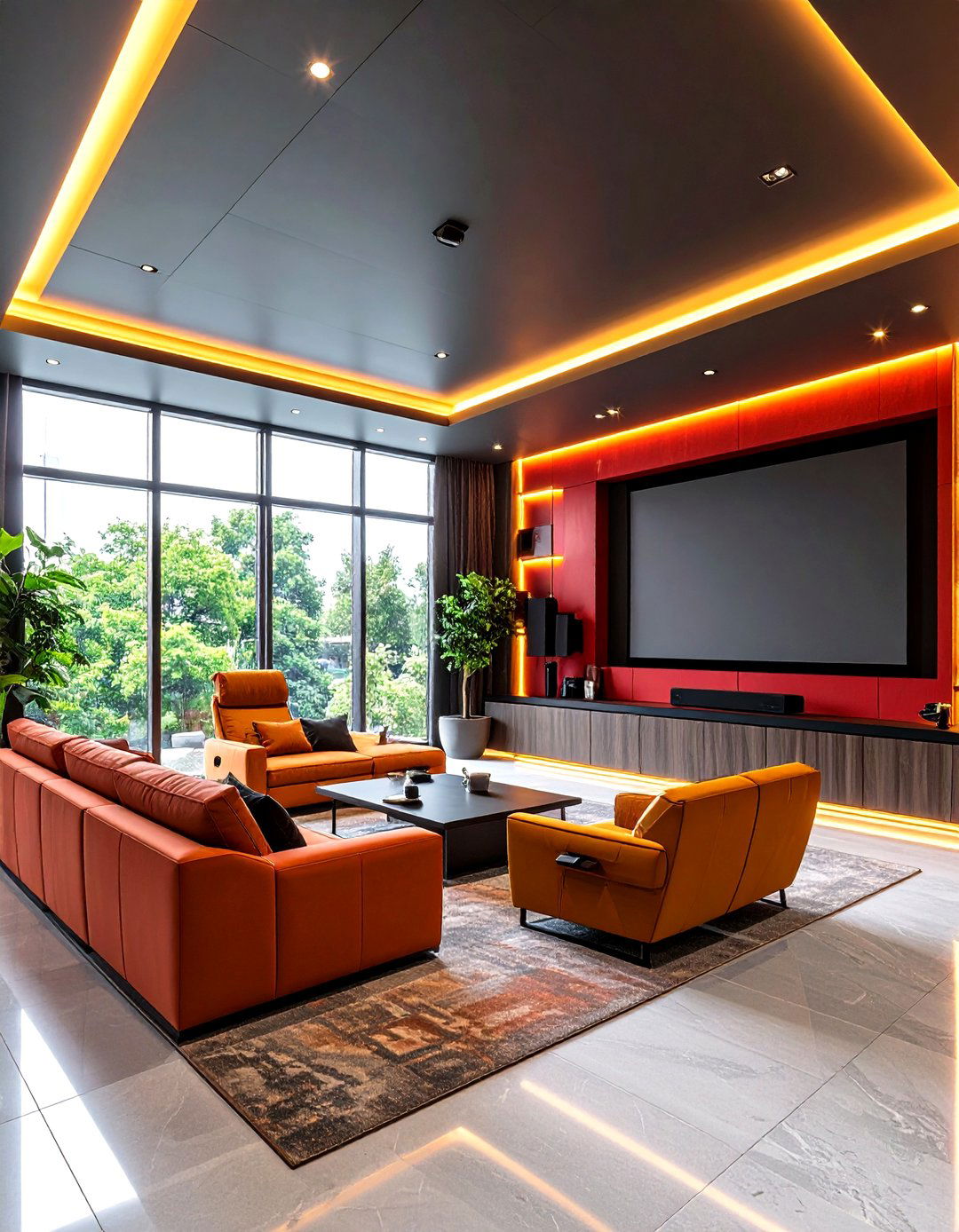
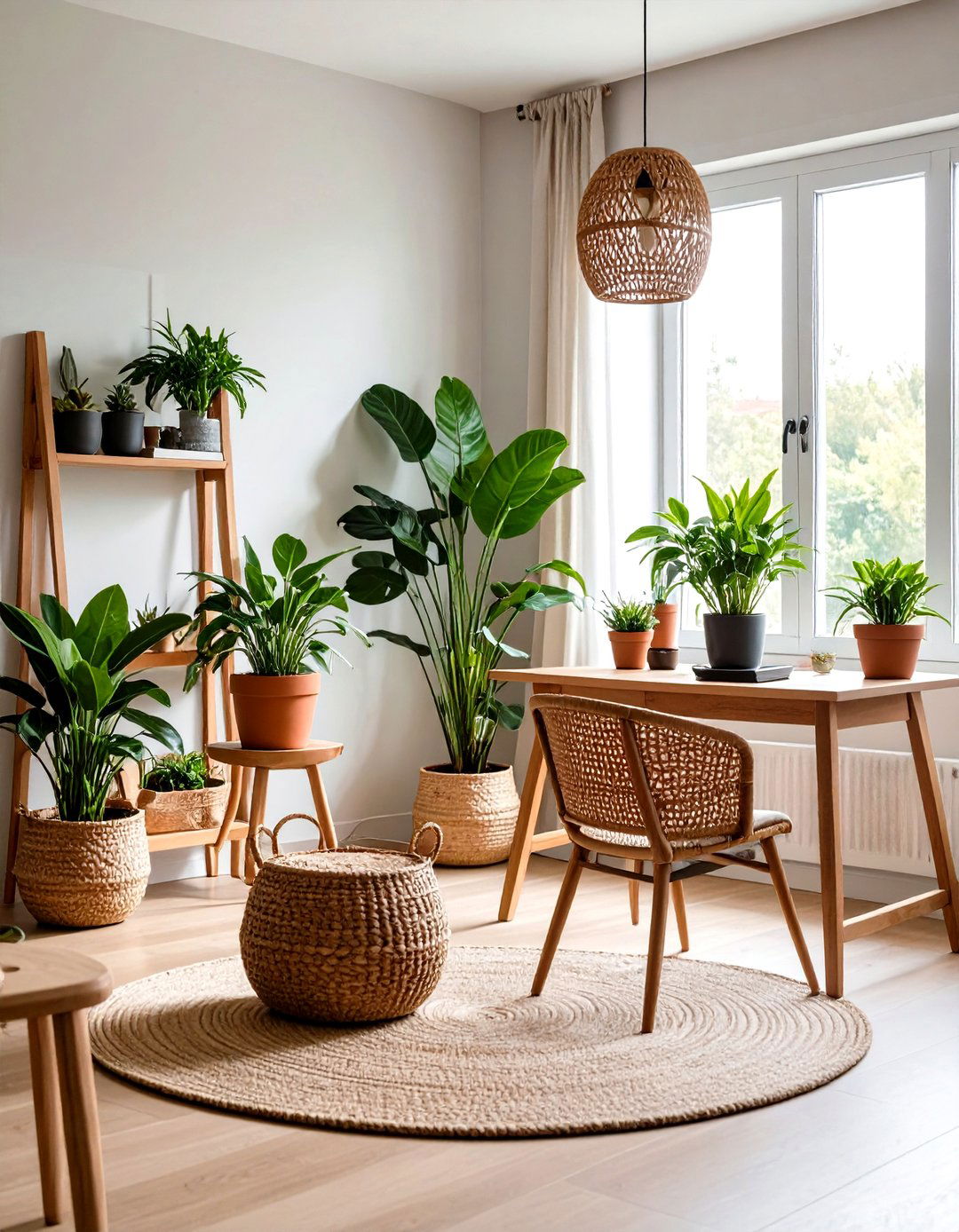
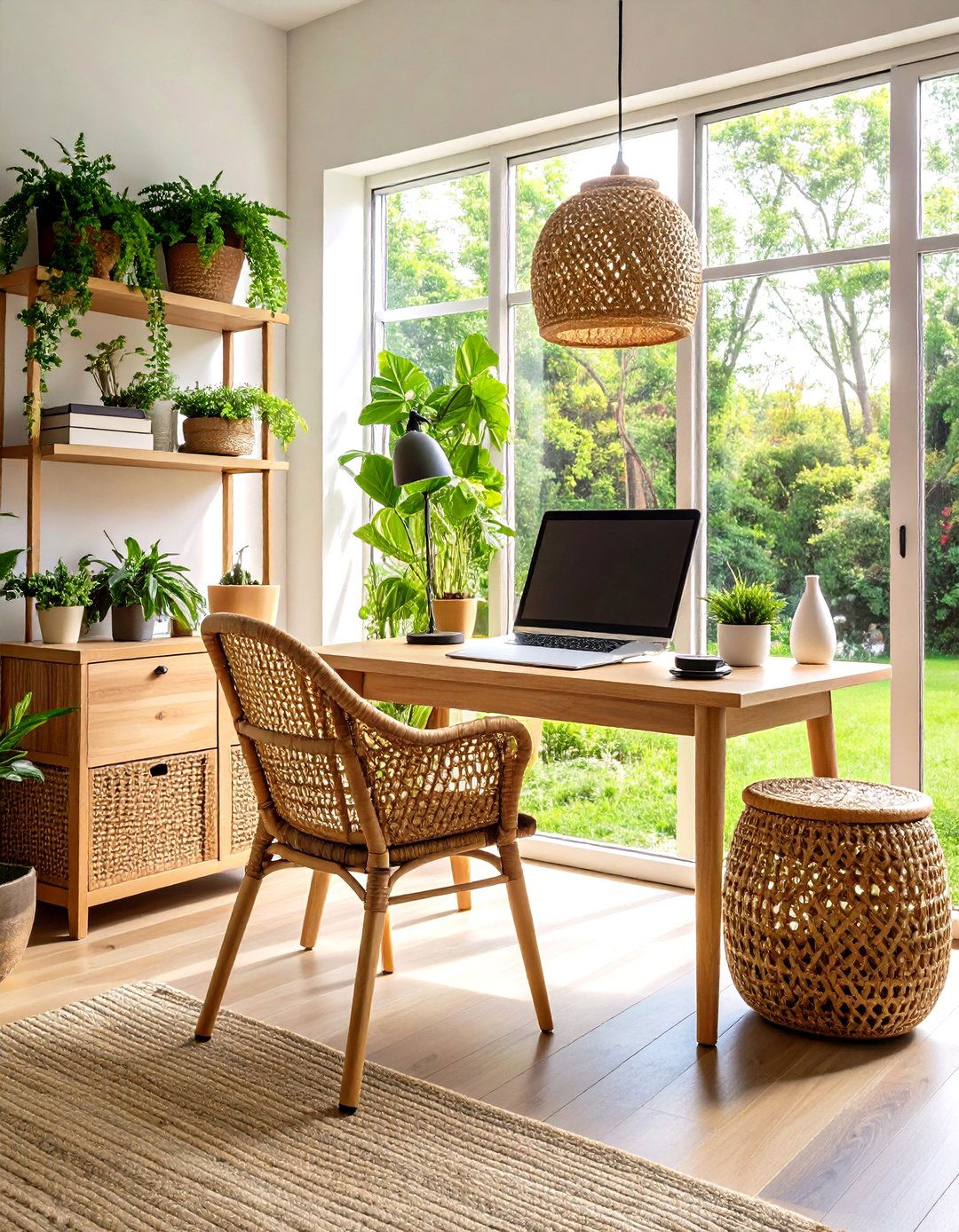

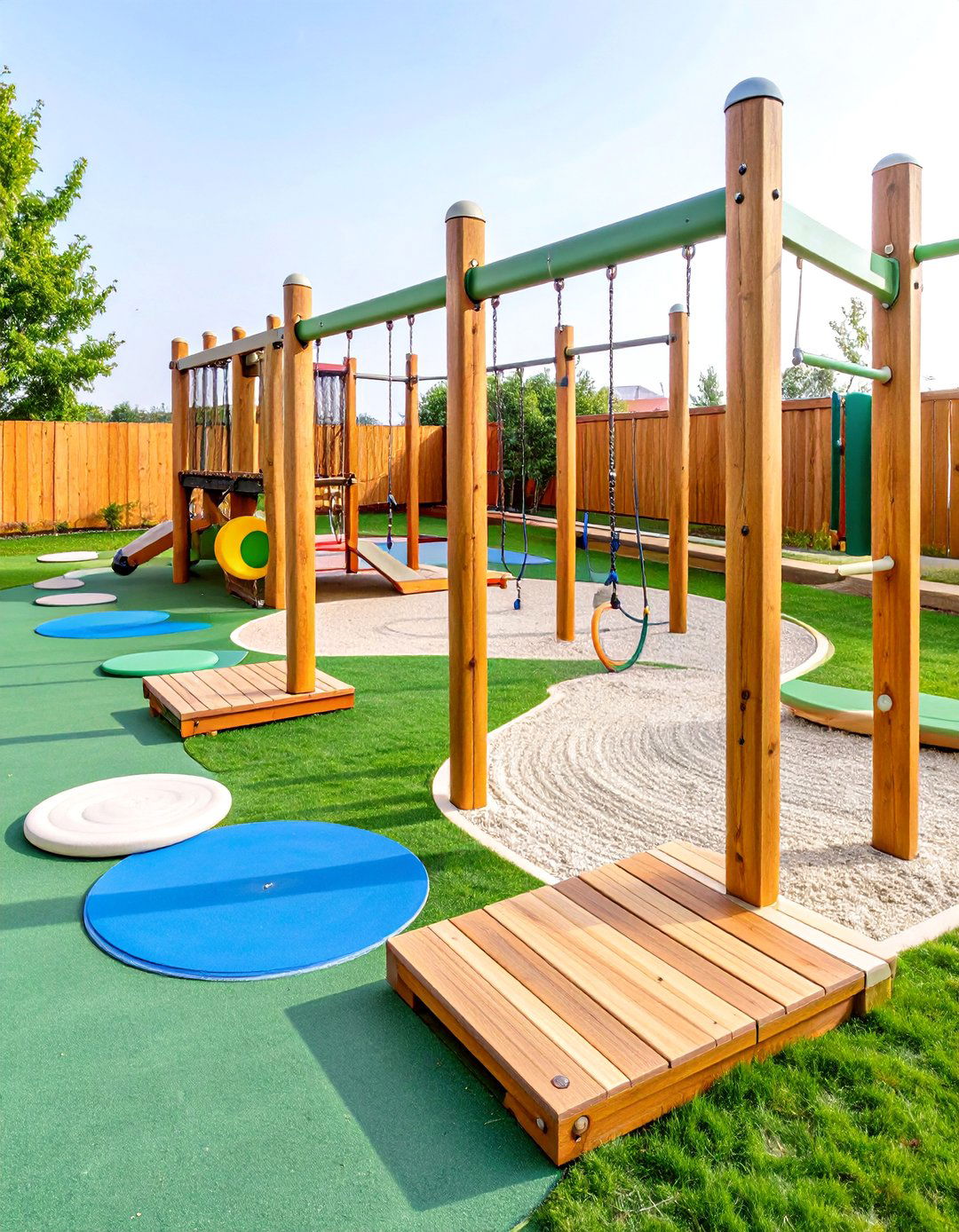
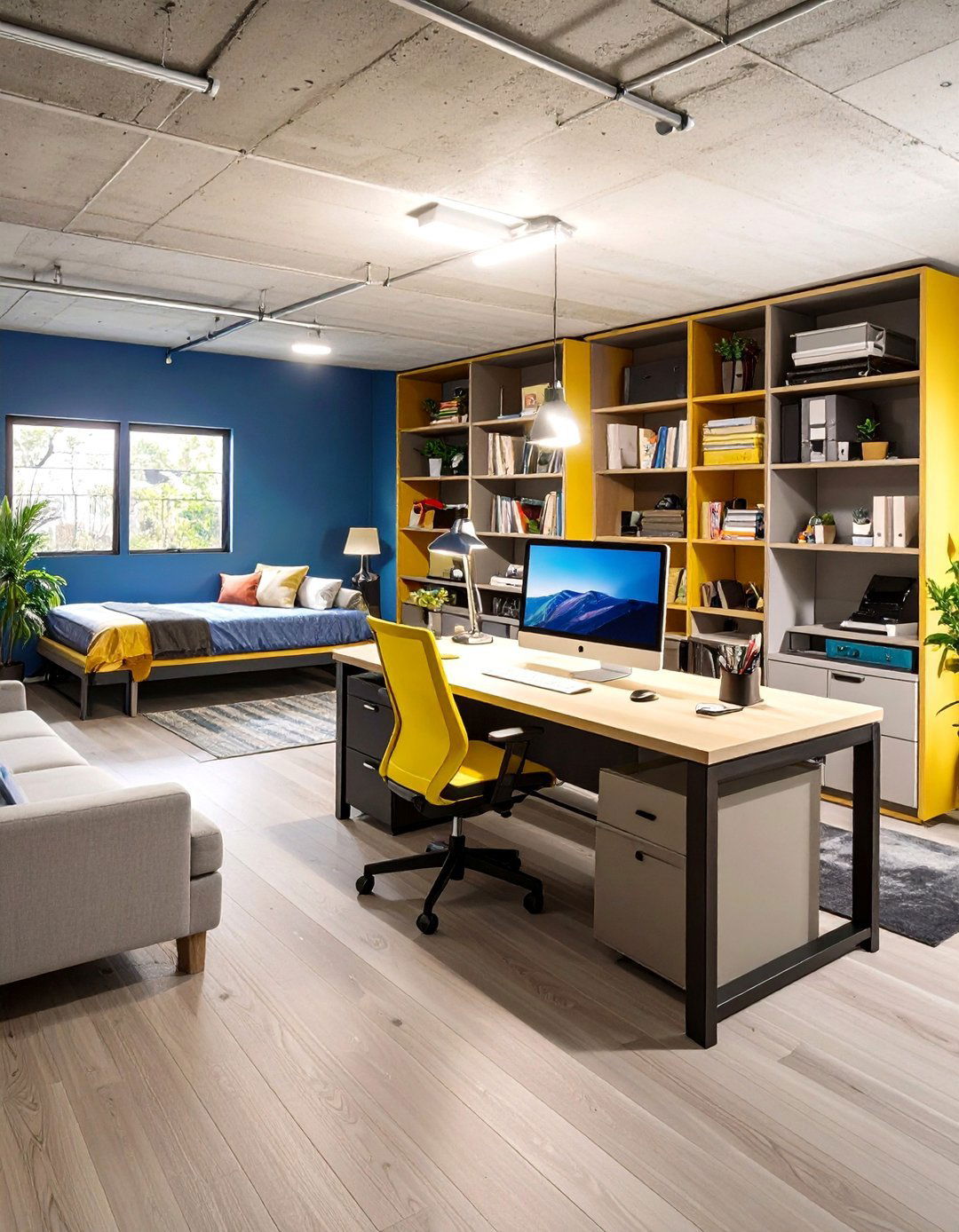
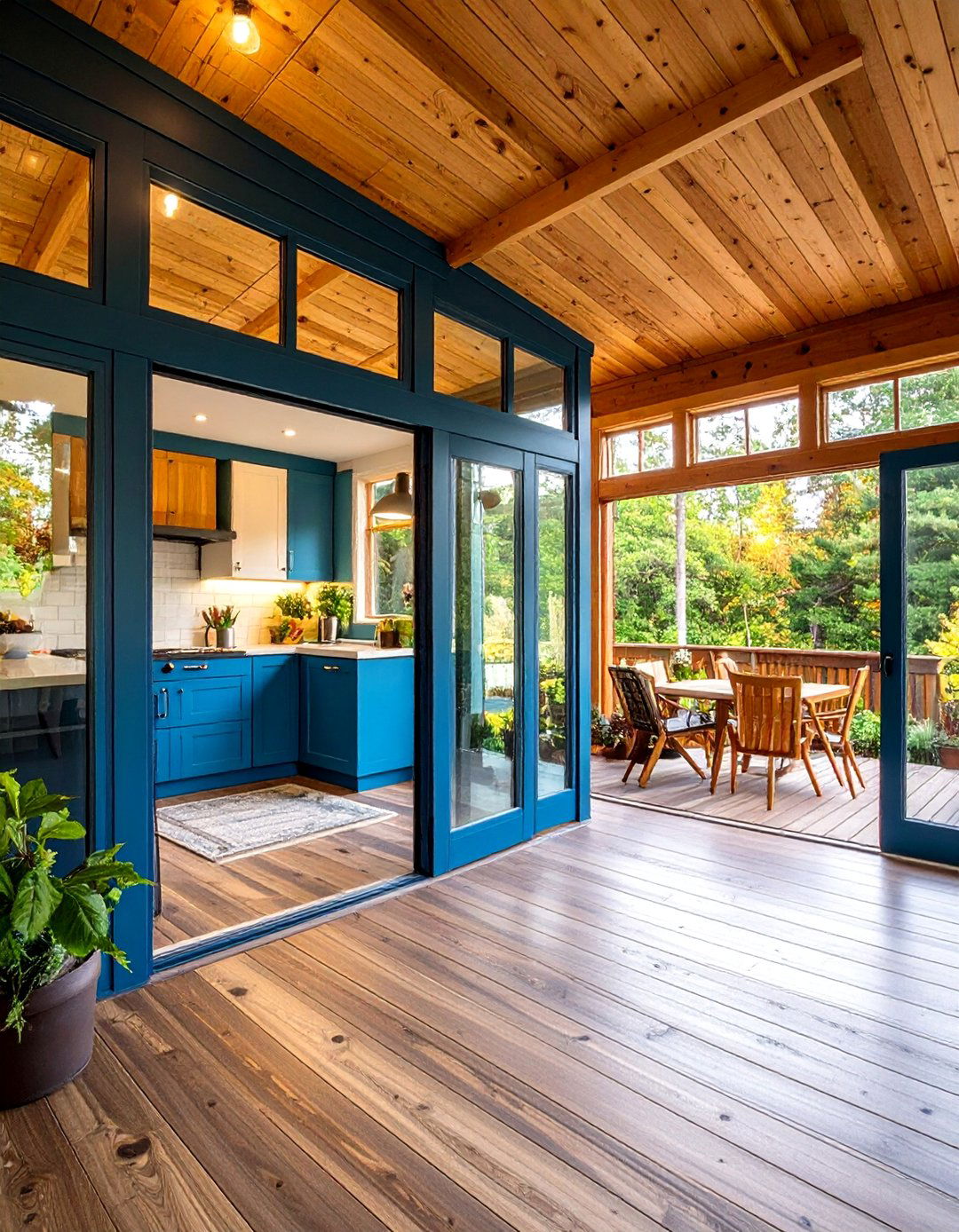

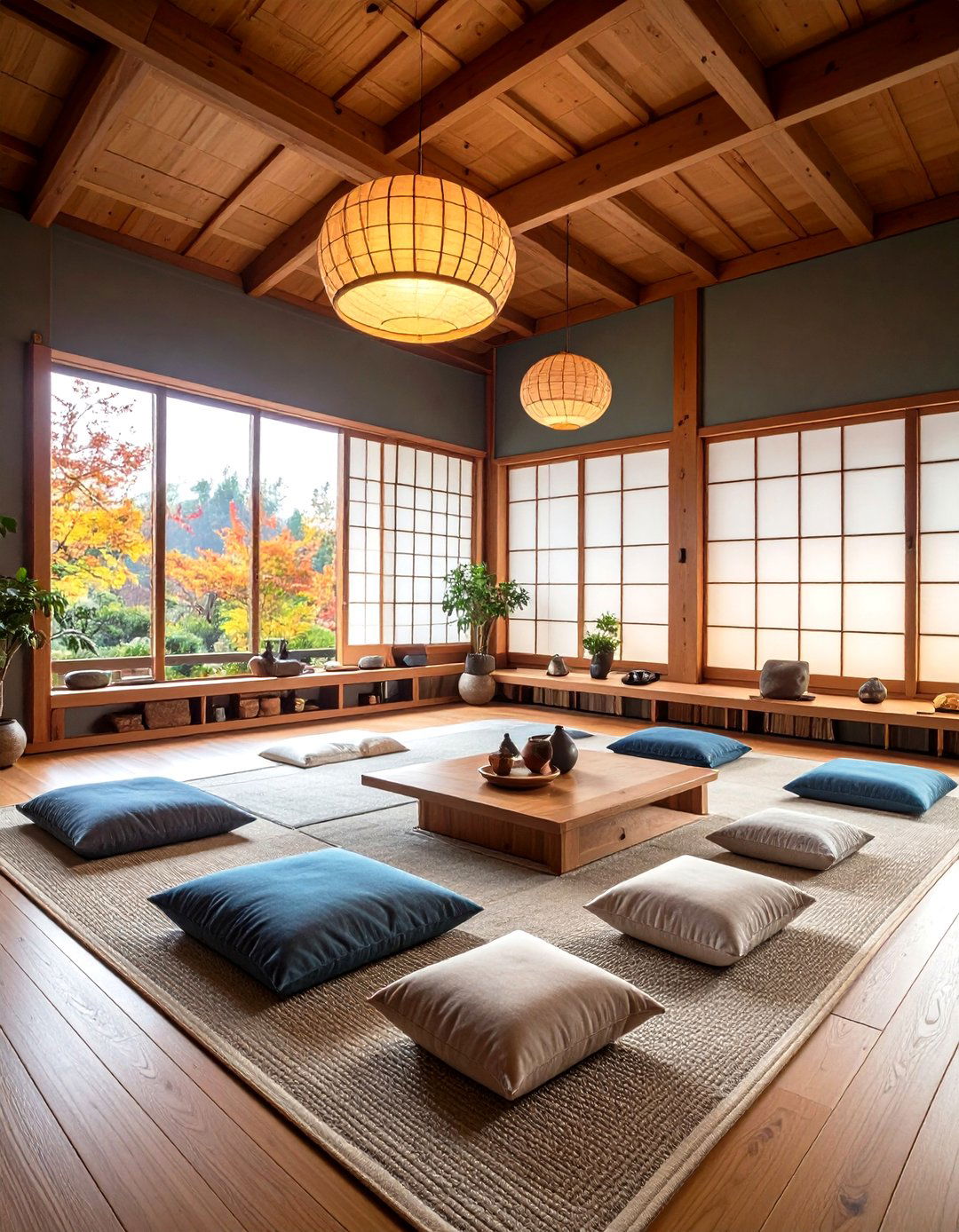
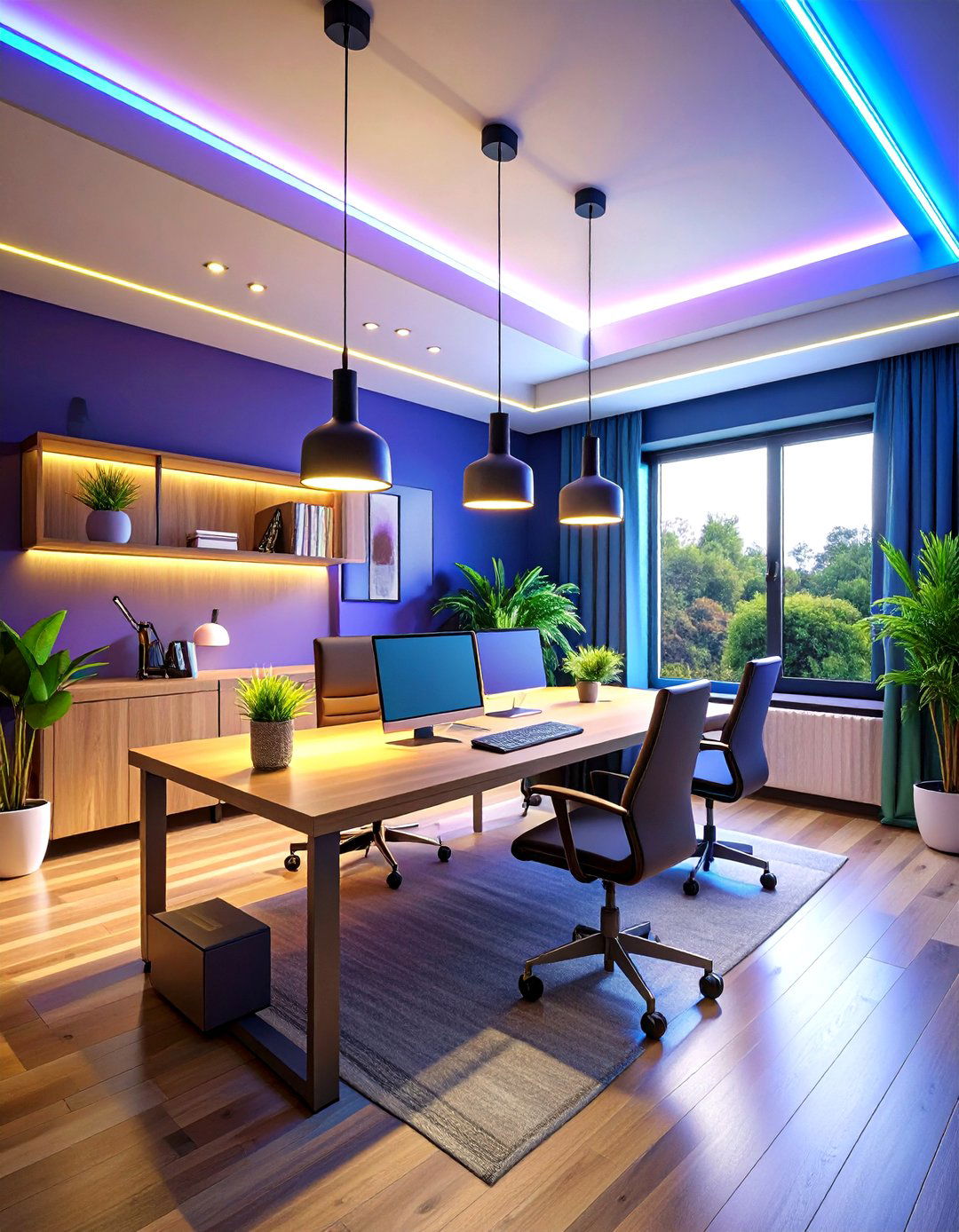
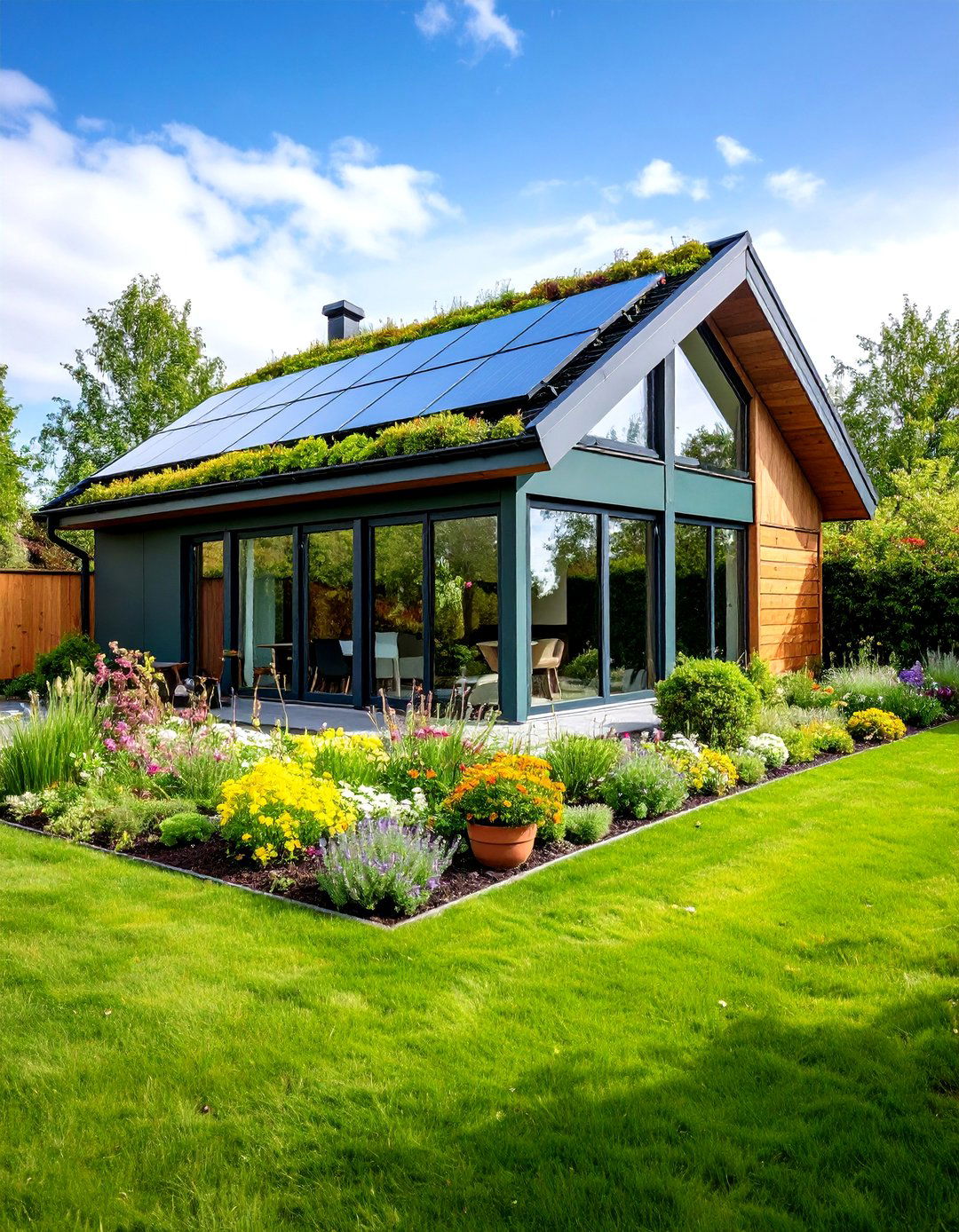
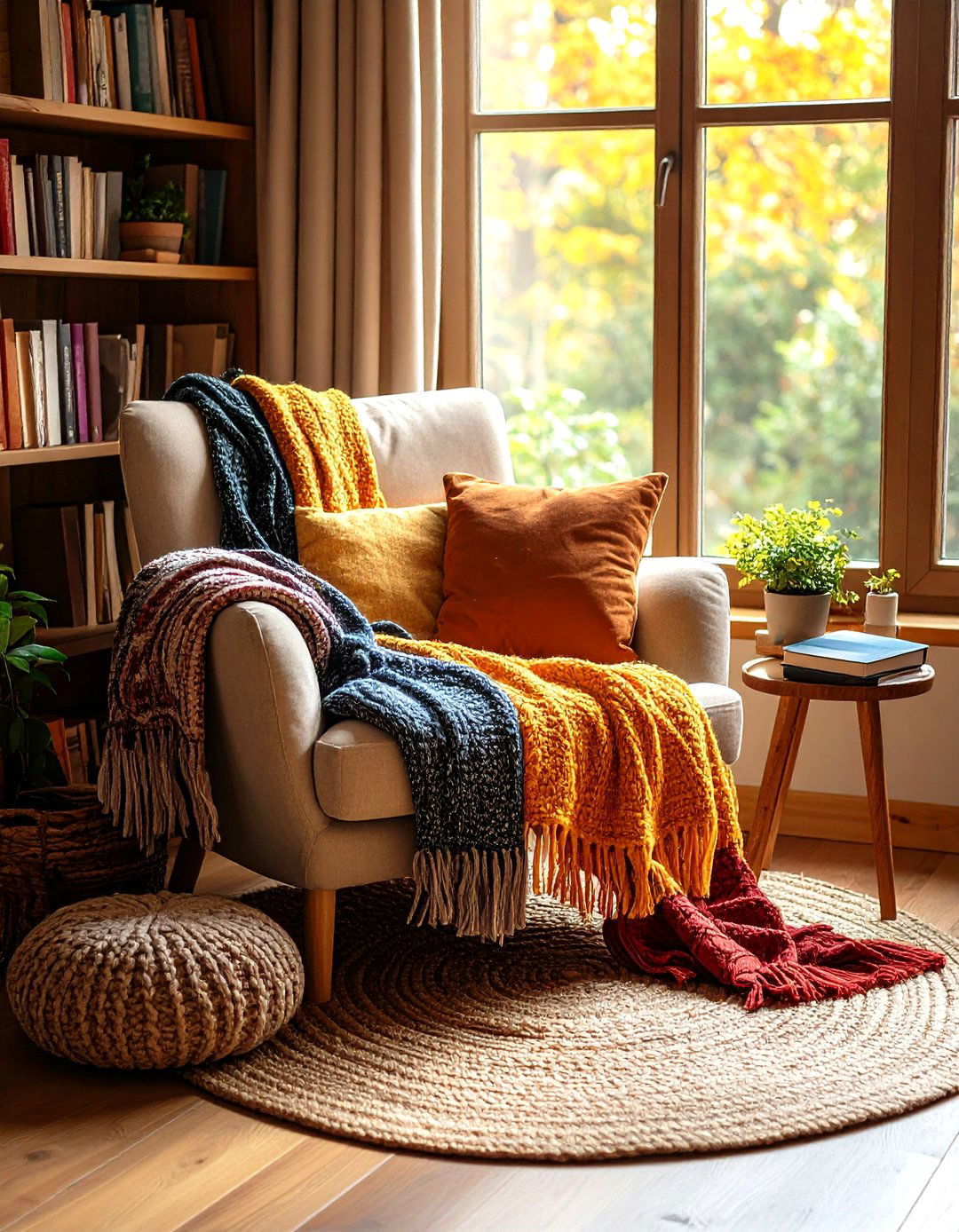
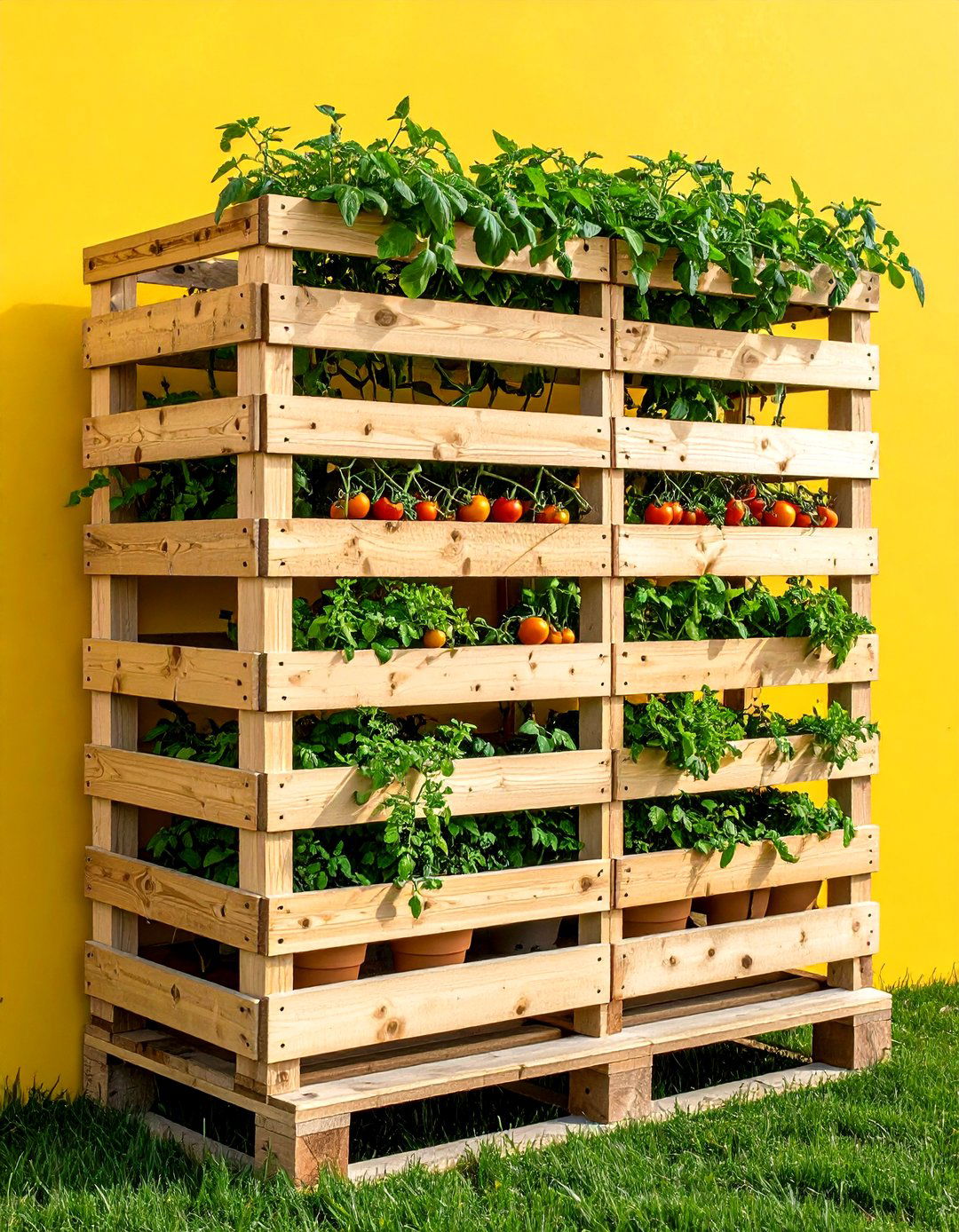
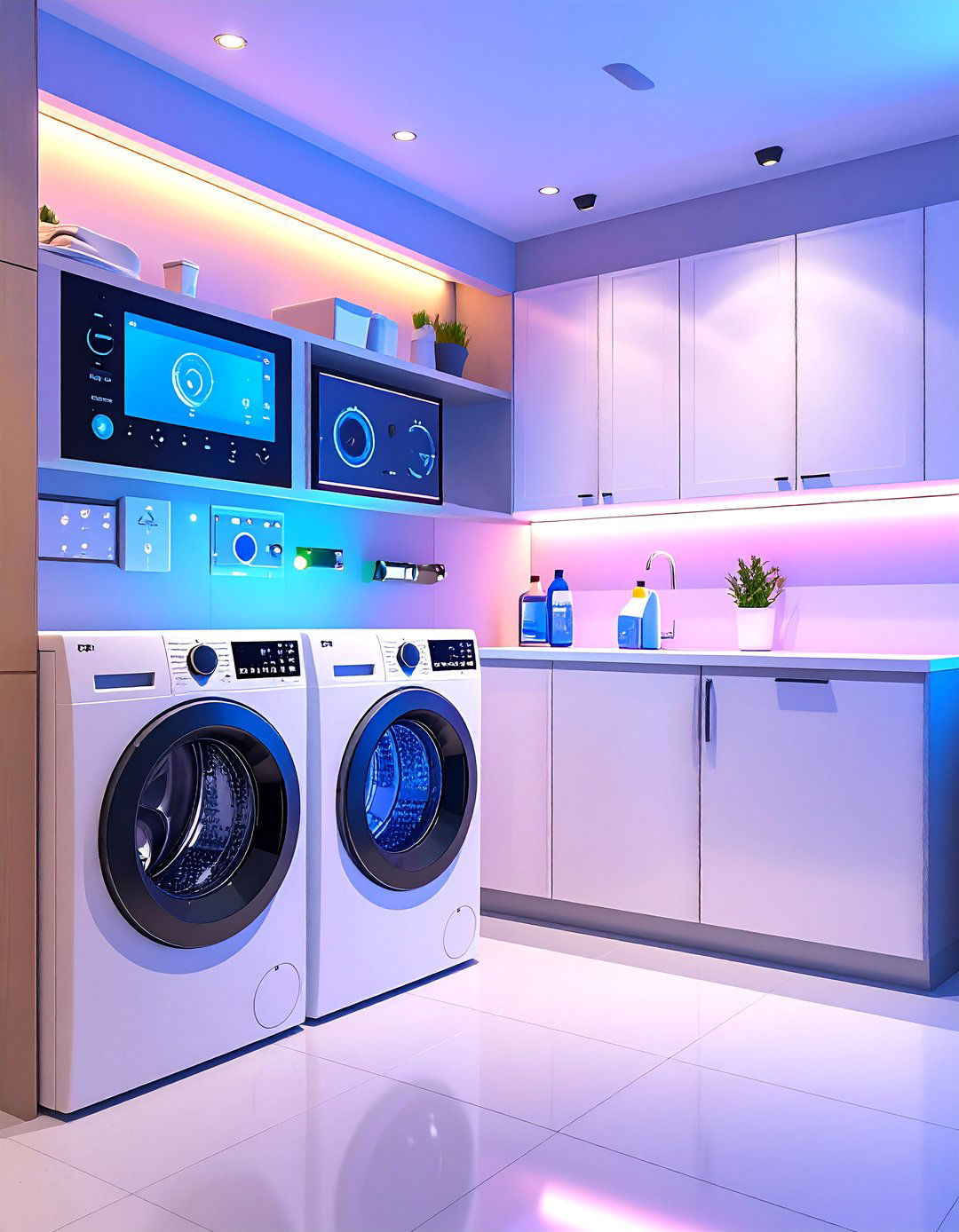

Leave a Reply